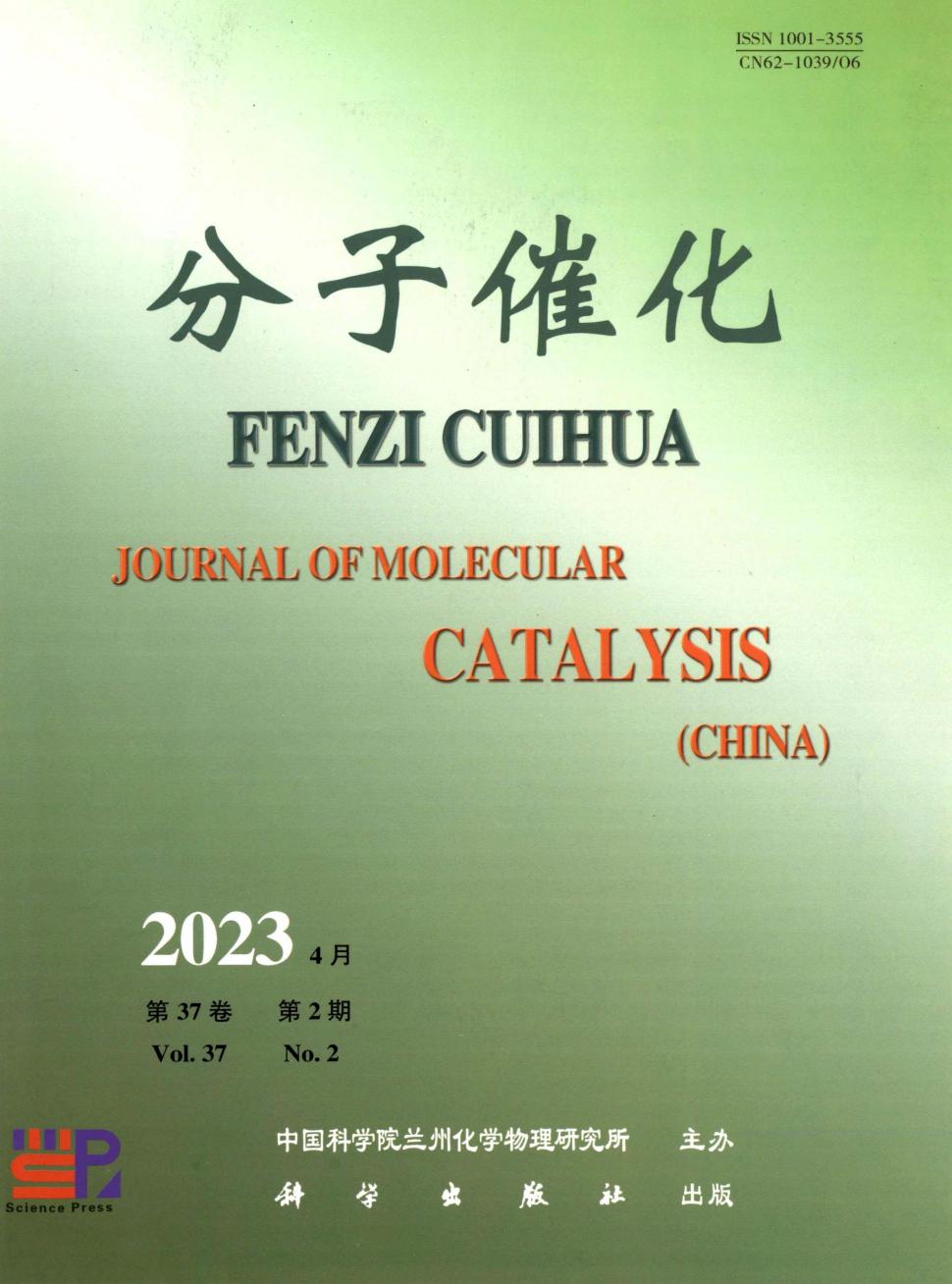Effect of the reduction temperature on the selectivity of the high temperature reaction of acetone and hydrogen over alumina and titania supported nickel and cobalt catalysts
Abstract
The high-temperature acetone hydrogenation at atmospheric pressure over alumina and titania-supported nickel and cobalt catalysts has been studied. The results obtained during characterization have shown that the preparation steps produced a significant metal—support interaction in the alumina-supported precursors. On the other hand, the high-temperature (500°C) reduced titania-supported catalysts showed catalytic properties which resemble in some aspects those ascribed to the SMSI state. An interesting effect of the previous H2 reduction temperature on the acetone hydrogenation selectivity has been found. 2-Propanol and methyl isobutyl ketone (MIBK) were the main reaction products. The MIBK selectivity of the alumina-supported catalysts decreased as the temperature of reduction was increased. However, whereas the low-temperature (300°C) reduced titania-supported catalysts did not give any MIBK, a remarkable activity to this product was developed when the temperature of reduction was increased to 500°C. The effect of the temperature of reduction on selectivity has been tentatively explained according to a general model which relates the activation of the carbonyl functional group with specific sites created at the metal—support interface under conditions favourable to the establishment of significant metal—support interactions.

 求助内容:
求助内容: 应助结果提醒方式:
应助结果提醒方式:


